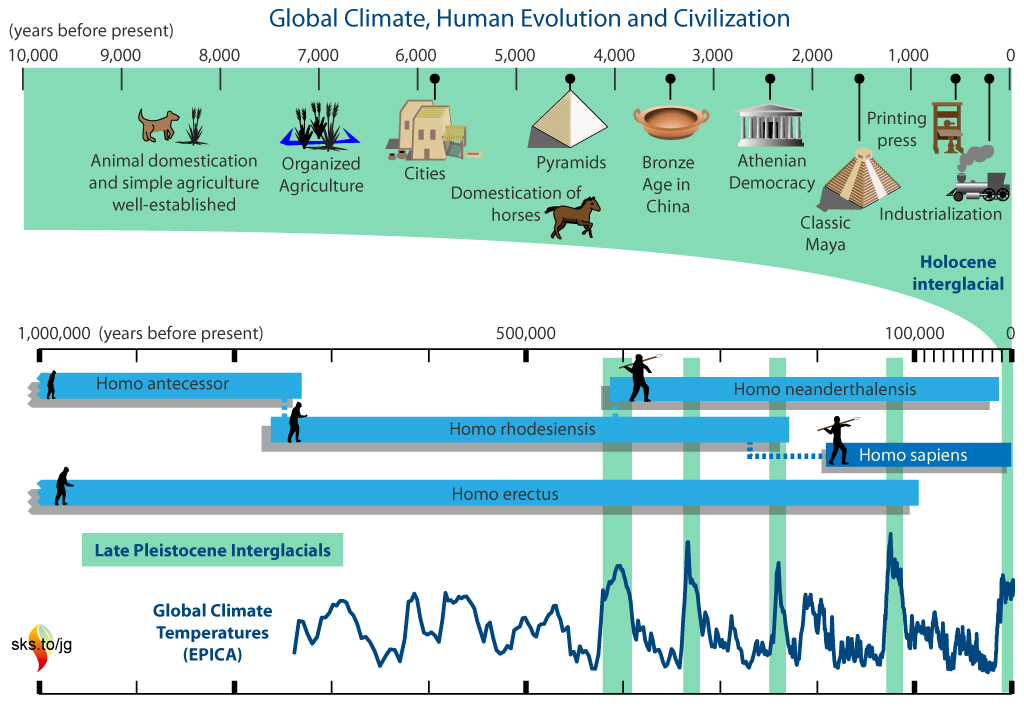Business Analysis & Scaling
I’m thinking about business analysis and scaling businesses for a meeting.
On the one hand, you don’t want to build The Titanic for a little weekend fishing trip. On the other hand, you don’t want to go out in a row boat only to learn the sea is too rough; you’d end up in deep water…
It’s rare for businesses to over commit resources but it can happen. The most common over commitment is the little website or tech startup that wants robust servers to handle 100,000,000 unique visitors every day. Let’s be honest, at the start you simply will not have that much traffic and you’re spending too much time and money on a problem that doesn’t exist yet.
For established businesses, especially consumer products & services, it’s more common to go out in a row boat and drown (or come close).
Think of a retail store that hires temporary staff every holiday season. Those temporary workers come at a higher price than regular staff. It might cost time to train them, they might make more errors that cost money, or you may have to pay them extra since a temporarily worker doesn’t have a sustainable income. Imagine instead if that retailer could add online sales so the increased holiday load is smaller since increased fulfillment/shipping is easier to account for than increased foot traffic. Or, imagine the small retailer ran off-season sales to even out annual demand. Or, imagine that small retailer implements self serve options, self-checkout, and other automated tools.
All of those options allow the business to scale flexibly without costs scaling disproportionately to income. I.E. the last thing you want is a 110% increase in costs for every 100% increas in income. After 900% growth the business will end up losing money.
Here’s the thing, it’s really easy to see the fish biting and go out in a small row boat. The knee jerk reaction to respond immediately to good news, like increased income, prevents human nature from pausing and thinking about the best, most-sustainable solutions.
I’ve recently determined I’m in a great intersection of business and technology/automation. I’m able to ask “what’s the problem”, “what’s the root cause”, “what’s the current solution”, and “can tech do better”. If you find yourself saying “that’s the way we’ve always done it” or “that’s how our competitors do it” some introspection might be valuable.
I love helping people and I love solving problems. If you think you have a scalability challenge I’m happy to bounce ideas around.



